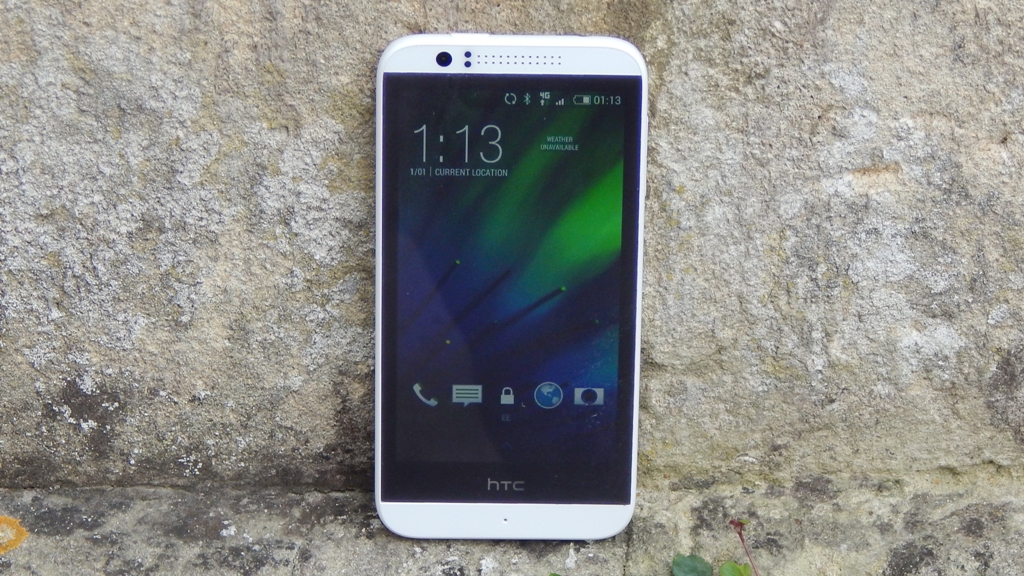Why you can trust TechRadar
The 4G connectivity of the HTC Desire 510 is, the headline feature of this budget handset. It's not alone in the market, however, with the EE Kestrel and Motorola Moto G 4G also offering 4G on a similar budget.
The inclusion of 4G connectivity is big news in a handset at this price range. While 4G speeds will vary depending on a number of factors, including network traffic and signal, it offers huge speed increases over 3G.
I tested the HTC Desire 510's 4G capabilities on the EE network and was very impressed with the results. While the boost to 4G speeds meant that web pages now load incredibly quickly, 4G offers so much more than quicker Google searches.
We're streaming more and more media through our smartphones, be it video through services like Netflix, or music through the likes of Spotify, so a rock solid and fast mobile data connection is increasingly important.
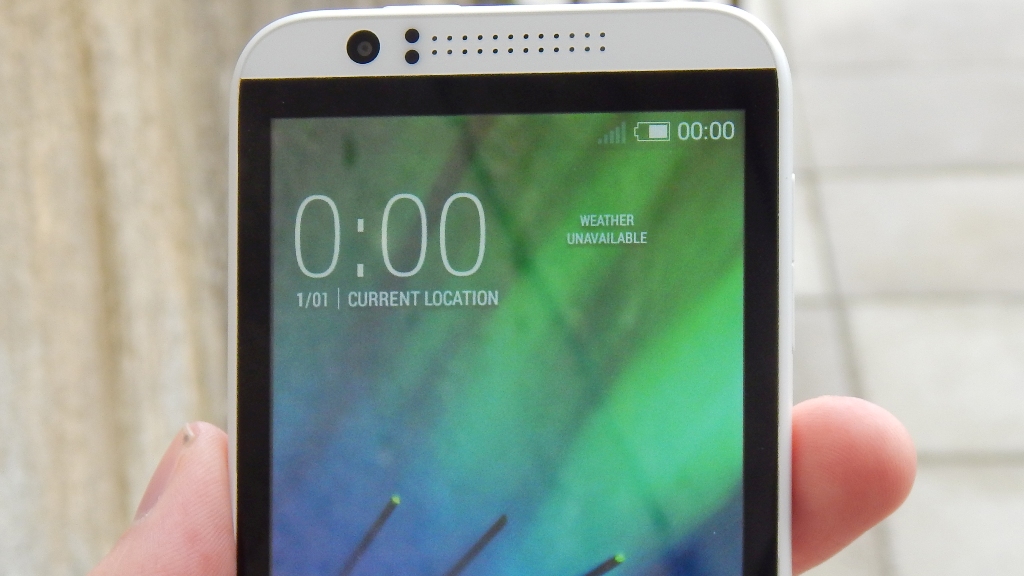
Like a lot of new technology, 4G was at first confined to high end smartphones, so it's good to see it making its way onto more affordable handsets like the Desire 510. It's excellent news for those of us who don't want to (or can't) put money down on an expensive smartphone and contract.
Graphic-heavy websites popped up pretty much instantly, much as if I was using my broadband wifi connection at home, rather than when out and about.
Streaming content from Netflix and the BBC iPlayer also played flawlessly. Intrigued by what sort of speeds I was getting on the Desire 510 I browsed to Broadband Speed Checker to test my connection.
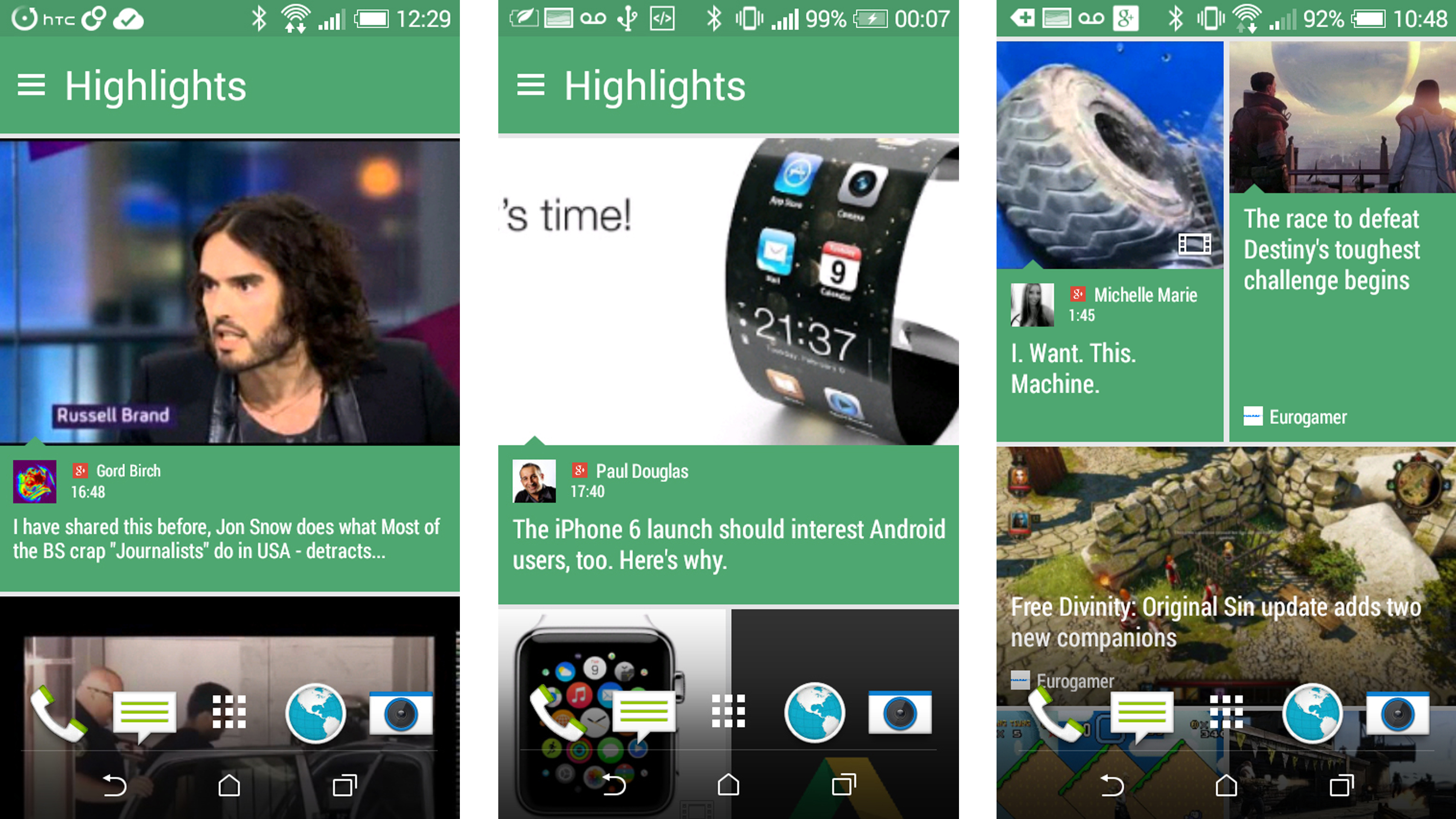
This is a website that runs a quick test on your download speeds. As the name suggests it's really for home broadband, but it gave me a rough idea of the speeds I was getting.
The results told me I was getting 7.4 Mb/s, pretty excellent results in Bath, a city infamous for its sometimes poor network reception. You're able to share the HTC Desire 510's internet connection with a PC via USB, Bluetooth and WiFi. I tried out the USB tethering option and it worked very well, bringing fast internet speeds to my PC.
Another headline feature of the Desire 510 is its large screen. At 4.7 inches it puts it in the same league as the HTC Desire 610, Moto X and the iPhone 6.
While 4.7 inches might be the magic number, the screen itself is only capable of 480 x 854 pixels, a rather disappointingly low resolution, and the first clear evidence of the HTC Desire 510's budget roots.
In contrast the Moto X may have the same screen size, but it boasts a much higher resolution of 720 x 1280, which makes its AMOLED screen look incredibly bright and vibrant.
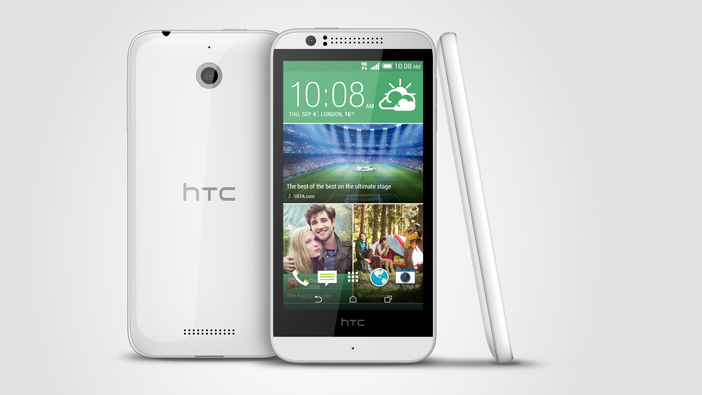
The HTC Desire 510's screen, on the other hand, can't compete with this. The large screen size and low resolution leads to the HTC Desire 510's screen having a pixel density of 208ppi (pixels per inch). In contrast, the Moto X has a pixel density of 316ppi.
The HTC Desire 510's display does the job though, with a bright and clear display when inside.
When used outside in direct sunlight the screen doesn't hold up quite so well, however, with colours becoming more washed out in bright light.
The Desire 510 comes with a sensor for ambient light, designed to alter the brightness of the screen depending on how bright your surrounding is. This worked fine, though it takes a couple of seconds to adjust the brightness.
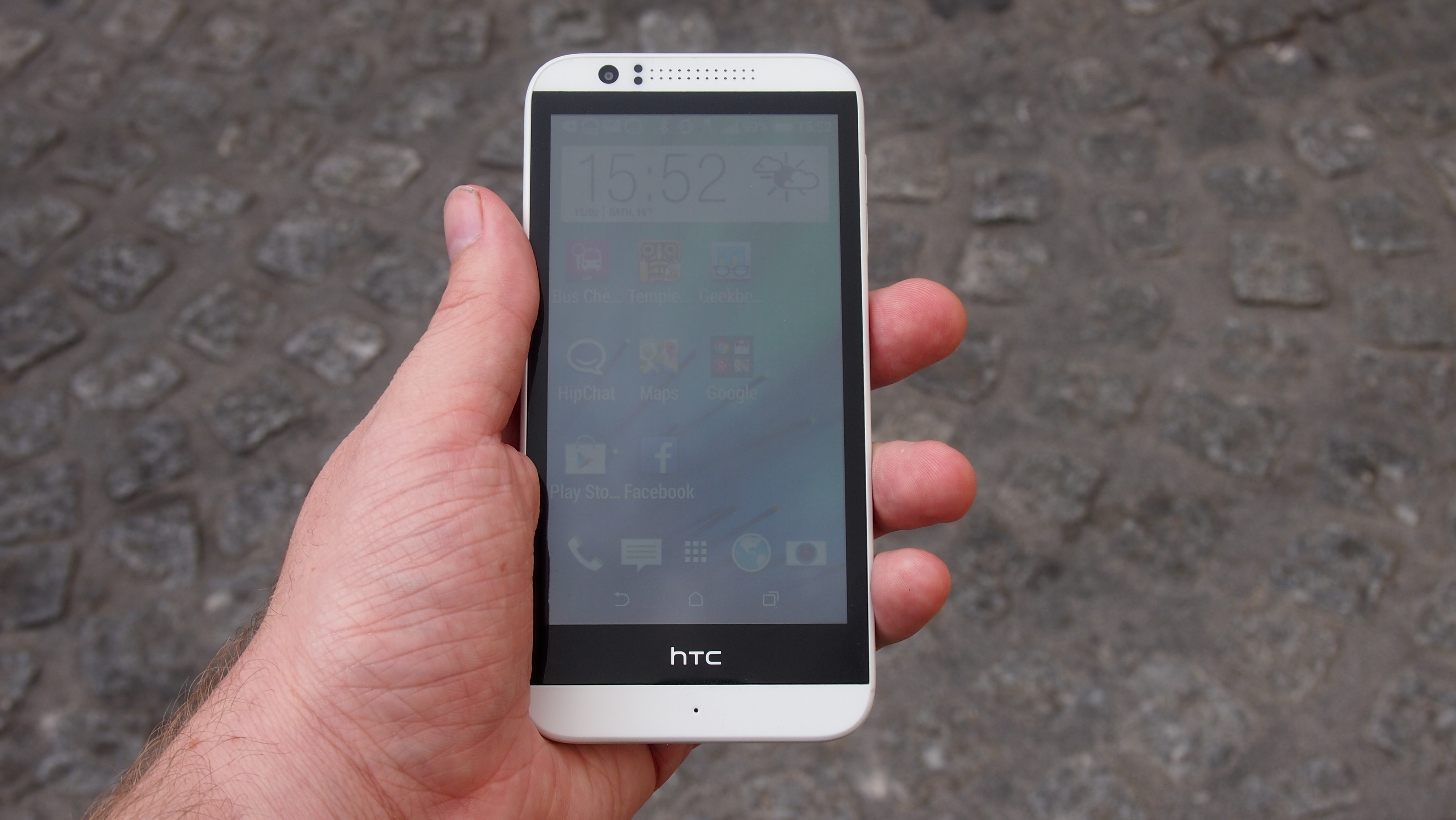
The 510's screen might not be immediately impressive, but it does a fine job of displaying information, particularly when used inside.
Alongside the 4G capability and large screen, the other main selling point of the HTC Desire 510 is its relatively low price.
HTC wants to tempt you in with an asking price of £149 ($248, AU$265), cheaper than the rest of its 4G-enabled line up. The midrange HTC Desire 610 can be had for around £175 ($285/AU$305) SIM free, and it's less than half the price of the HTC One E8.

Matt is TechRadar's Managing Editor for Core Tech, looking after computing and mobile technology. Having written for a number of publications such as PC Plus, PC Format, T3 and Linux Format, there's no aspect of technology that Matt isn't passionate about, especially computing and PC gaming. He’s personally reviewed and used most of the laptops in our best laptops guide - and since joining TechRadar in 2014, he's reviewed over 250 laptops and computing accessories personally.
